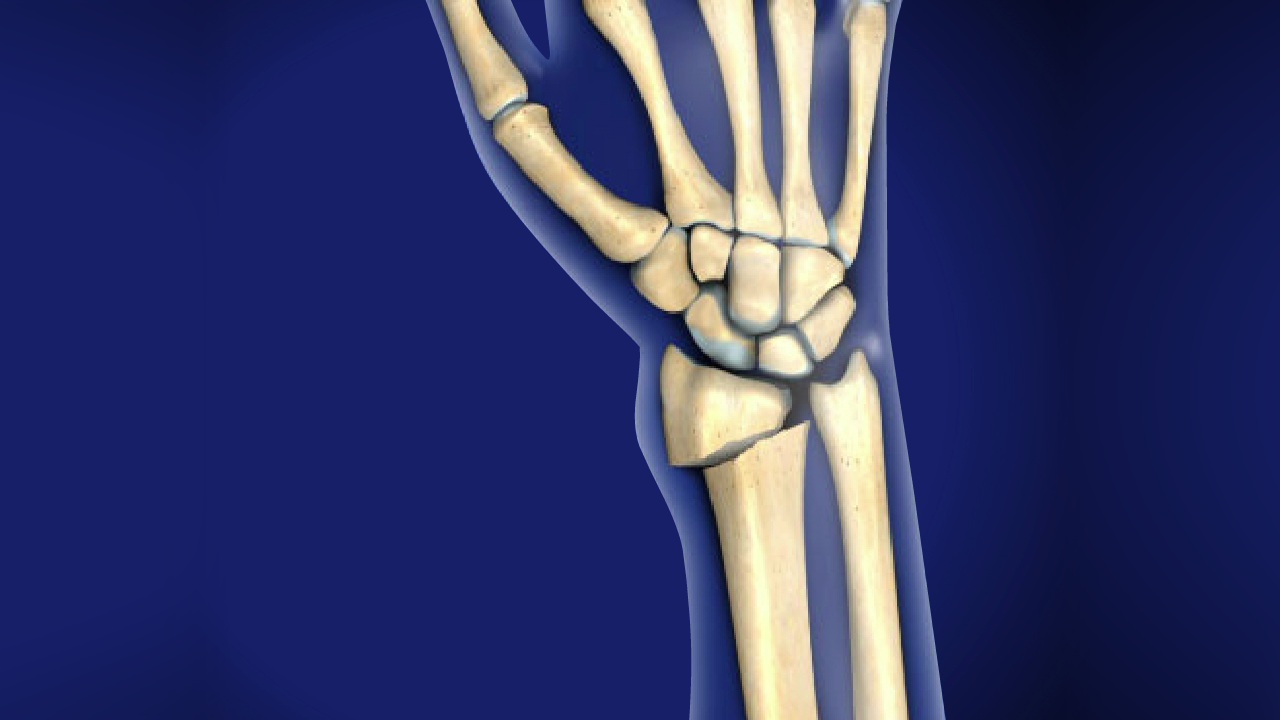
Over View
Distal Radius Fracture
The radius is one of two forearm bones and is located on the thumb side. The part of the radius connected to the wrist joint is called the distal radius. When the radius breaks near the wrist, it is called a distal radius fracture.
The break usually happens due to falling on an outstretched or flexed hand. It can also happen in a car accident, a bike accident, a skiing accident or another sports activity.
A distal radius fracture can be isolated, which means no other fractures are involved. It can also occur along with a fracture of the distal ulna (the forearm bone on the small finger side). In these cases, the injury is called a distal radius and ulna fracture.
Depending on the angle of the distal radius as it breaks, the fracture is called a Colles or Smith fracture.
- A Colles fracture may result from direct impact to the palm, like if you use your hands to break up a fall and land on the palms. The side view of a wrist after a Colles fracture is sometimes compared to the shape of a fork facing down. There is a distinct “bump” in the wrist similar to the neck of the fork. It happens because the broken end of the distal radius shifts up toward the back of the hand.
- A Smith fractureis the less common of the two. It may result from an impact to the back of the wrist, such as falling on a bent wrist. The end of the distal radius typically shifts down toward the palm side in this type of fracture. This usually makes for a distinct drop in the wrist where the longer part of the radius ends.
What are the symptoms of a distal radius fracture?
- Immediate pain with tenderness when touched
- Bruising and swelling around the wrist
- Deformity — the wrist being in an odd position
What is the treatment for a distal radius fracture?
Decisions on how to treat a distal radius fracture may depend on many factors, including:
- Fracture displacement (whether the broken bones shifted)
- Comminution (whether there are fractures in multiple places)
- Joint involvement
- Associated ulna fracture and injury to the median nerve
- Whether it is the dominant hand
- Your occupation and activity level